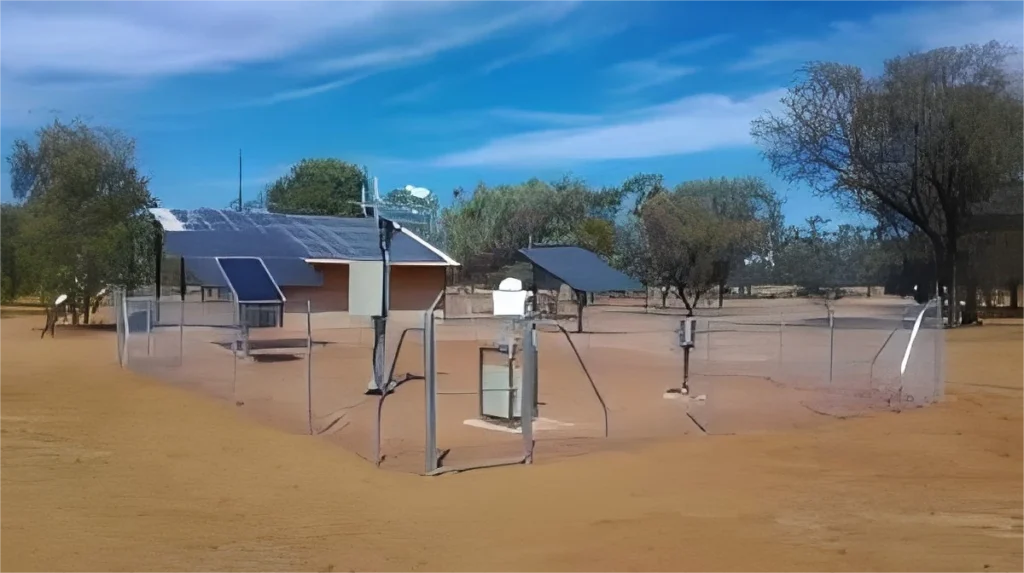
# Disadvantages of Automatic Weather Stations
Automatic Weather Stations (AWS) have revolutionized the way meteorological data is collected and analyzed. However, despite their numerous advantages, they come with several drawbacks that can affect their reliability and usability. Below, we explore some of the key disadvantages of AWS.
## High Initial and Maintenance Costs
One of the primary disadvantages of automatic weather stations is their high cost. The initial investment includes purchasing the equipment, installing it, and setting up the necessary infrastructure. Additionally, regular maintenance is required to ensure the sensors remain accurate and functional. This can be a significant financial burden, especially for smaller organizations or developing countries.
## Dependency on Power Supply
Automatic weather stations rely heavily on a continuous power supply to function. In remote or off-grid locations, this can be a major challenge. While some AWS units are equipped with solar panels or batteries, these solutions may not always be reliable, especially during prolonged periods of cloudy weather or extreme temperatures.
## Limited Sensor Lifespan and Accuracy
The sensors used in AWS are prone to wear and tear over time. Exposure to harsh weather conditions, such as heavy rain, extreme heat, or freezing temperatures, can degrade their accuracy. Regular calibration and replacement are necessary, which adds to the operational costs and downtime.
## Data Transmission Issues
Many AWS rely on wireless or satellite communication to transmit data to central servers. Poor signal strength, interference, or technical glitches can lead to data loss or delays. In areas with limited connectivity, this can severely impact the reliability of the weather data collected.
## Vulnerability to Environmental Damage
Automatic weather stations are often installed in exposed locations to ensure accurate readings. However, this makes them vulnerable to damage from natural disasters, such as hurricanes, floods, or lightning strikes. Vandalism and wildlife interference can also pose risks to the equipment.
## Lack of Human Oversight
While automation reduces the need for human intervention, it also means that errors or malfunctions may go unnoticed for extended periods. Unlike manual weather stations, where trained personnel can quickly identify and rectify issues, AWS may require remote diagnostics, leading to potential delays in addressing problems.
## Conclusion
Despite their technological advancements, automatic weather stations are not without their flaws. High costs, power dependency, sensor limitations, data transmission issues, environmental vulnerabilities, and lack of human oversight are significant challenges that need to be addressed. While AWS continue to play a crucial role in modern meteorology, understanding their disadvantages is essential for improving their design and implementation.